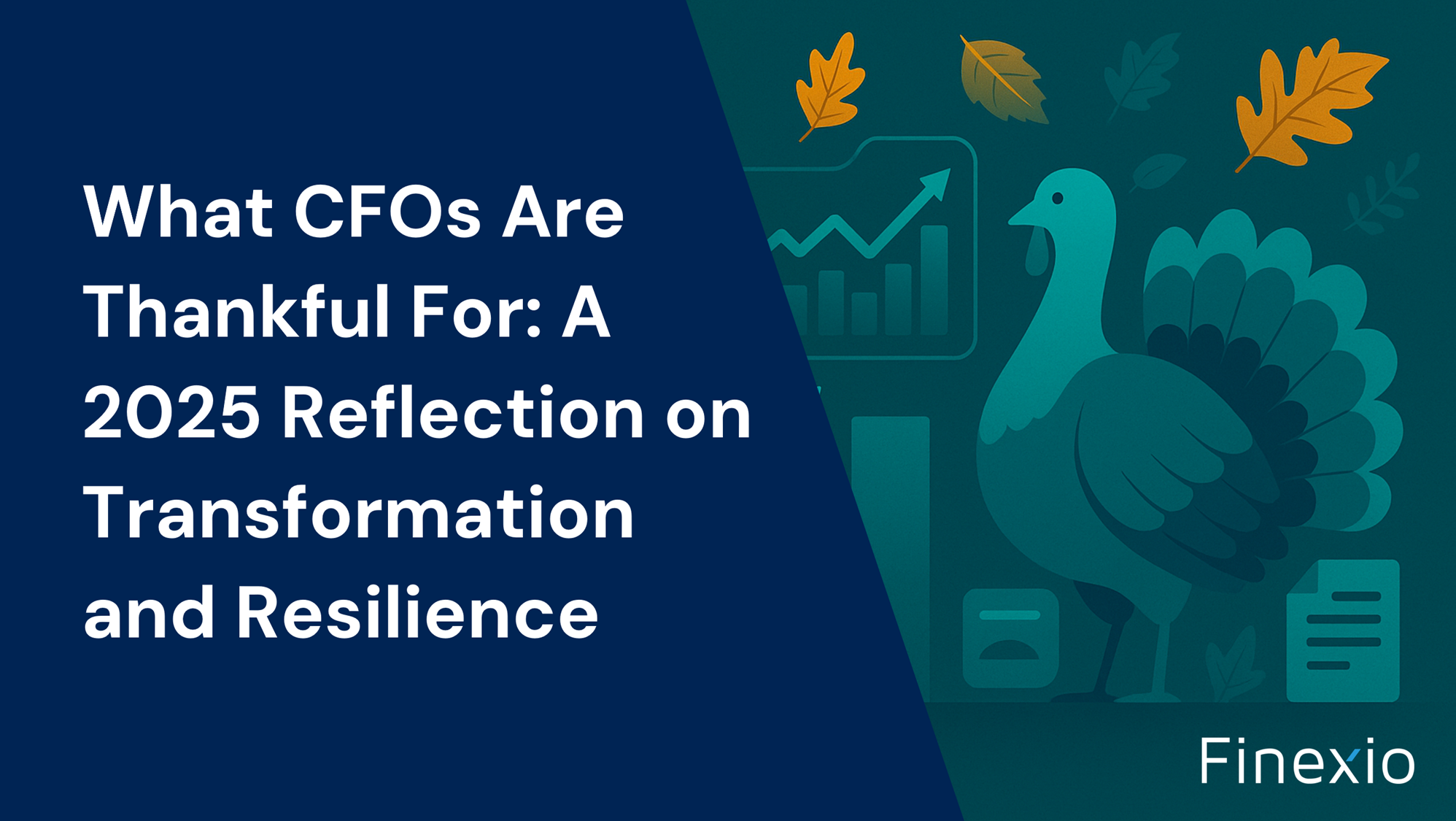How Vendor Payment Management Can Guard Against Gaps


Every AP team knows what a payment gap feels like. A vendor calls again, wondering why their invoice is unpaid. An internal manager pushes back a project timeline because funds haven’t cleared. Somewhere in the middle, the AP team is stuck tracking down approvals, checking mismatched data, or rerouting issues between systems. These lapses don’t always make headlines, but they chip away at trust and momentum. Vendor payment management gives us a chance to fix that.
When payment operations are set up with the right checks and built-in visibility, it’s much easier to stay on track. It’s not just about processing faster—it’s about avoiding the missed steps that slow everything down in the first place.
A strong payment process has to meet two opposing demands. On one end, vendors expect quick, accurate payments. On the other, finance leaders want control, visibility, and assurance that money’s moving for the right reasons. If vendor payment management doesn’t bridge those gaps, delays creep in. This leaves space for mistakes to multiply and trust to slip. What we need is a way to make both sides feel confident without adding more work for the middle. That’s where clean systems and clearer roles make all the difference.
The Risks of Gaps in the Payment Process
Payment delays can add up to more than just a late fee. For vendors, every day without a payment is a day they carry costs with no return. That affects their staffing, their ability to order supplies, and even how much they charge us over time. It also frustrates long-time partners who begin to question the reliability of our process.
Inside the AP team, the ripple effects are just as real. When payments stall, time is lost chasing approval chains, flipping through inboxes for status updates, or flagging inconsistent invoice data. These extra steps aren’t just annoying—they strain already stretched teams during peak periods like seasonal budget closes or year-end reviews.
There’s also the compliance side. Gaps in documentation or misaligned processes can create audit red flags. Vendor payment mistakes don’t just break the process, they break confidence across the board. That’s where consistency gives us room to breathe, and where a fit-for-purpose payment flow matters.
What Vendor Payment Management Should Solve
Good systems don’t just move money—they keep the process from falling apart. That starts with clean handoffs. When procurement passes spend approvals to finance, or when finance moves a payment instruction to AP, those transitions should be smooth. Vendor payment management helps spot the weak spots before they turn into confusion.
Then there’s communication. Vendors shouldn’t have to guess if payment is processing or held up. By giving them clear, timely updates—ideally triggered by system logic, not manual status checks—we cut down on the flood of follow-ups that slow everything down.
Flexibility matters too. Some vendors prefer virtual cards. Others want ACH. Some need early payment options tied to discounts. A good system handles those shifts without compromising compliance. Blindly locking everyone into one track only creates pressure and frustration.
Many advanced payment management platforms now include secure supplier self-service portals, allowing vendors to track statuses and update payment preferences—all while ensuring compliance and consistent controls.
When these pieces are connected, vendor payment management becomes more than just a function. It turns into a support structure that strengthens the entire payables chain.
How Better Payment Timing Strengthens Supplier Trust
Suppliers don’t need apologies—they need predictability. When payments go out on time, as promised, it builds trust that we’re a partner they can count on. That trust gets hard to rebuild once it’s lost.
Payment timing plays a big role in that. Some vendors operate on thin margins and tight timelines. They plan their cash flow carefully. If payment cycles stretch without warning, they may stop offering early discount terms, deprioritize us during high demand, or shift their attention to more consistent partners.
Avoiding that isn’t about paying faster every time—it’s about better timing. Paying the right people on the right schedule eliminates surprises. When systems support scheduled or real-time payments, finance teams gain new levers to balance priorities while still honoring commitments.
Trust works both ways. Good timing leads to fewer phone calls, fewer disputes, and less need to explain delays. It shortens issue resolution and frees the team to improve the process instead of constantly firefighting.
Payment management solutions that automate early payment programs or let AP teams set payment rules across vendors support this consistency without increasing workload.
Connecting Payment Strategy to Broader Business Goals
Payment management isn’t a finance silo. It touches liquidity, growth, compliance, and every corner of strategic planning. When systems support these wider objectives, fixing payment errors is just the beginning.
Forecasting is one area where payment gaps do real damage. Inconsistent payments throw off expense projections, making cash management unpredictable and forcing last-minute adjustments. Linked, real-time data allows for cleaner forecasting and smarter working capital decisions.
Fraud risk also increases when approvals are handled outside the main workflow. AP processes built on manual email approvals or outdated spreadsheets leave openings for mistakes or worse. Embedding approval rules and compliance checkpoints inside a unified system closes these gaps and keeps audit trails reliable.
Scalability matters as much as control. As businesses acquire, grow, or enter busy seasons, the number of vendors and payments rises. Effective vendor payment management helps teams support more volume with less manual work, keeping focus on growth without increasing headcount.
Staying Ahead of the Breakdowns
Good payment operations aren’t invisible—they’re just smooth. When the system works, there’s no chasing signatures, hunting through inboxes for invoices, or asking vendors to resend details. The process moves on its own.
Vendor payment management gives teams the space to operate without stress. More energy goes into managing partnerships, spotting payment trends, and refining payables strategies—not constant catch-up. It shifts focus from timing problems to timing strategy.
None of this happens by accident. Systems need to be set up with intention and clarity. When roles are defined and data is accessible, accuracy improves and trust becomes easier to build. Then, the entire cycle is connected—delivering fewer surprises and more control.
That’s the real guard against payment gaps: not just speeding up the cycle, but paying smarter and making the work flow at every step. When that happens, everything improves, from vendor trust to cash consistency.
Purposeful Payment Flow with Finexio
When gaps in process start to show up in vendor relationships, delayed projects, or mounting AP stress, it’s time to take a closer look at how systems are working. We’ve seen how a more focused approach to vendor payment management can reduce errors, smooth approvals, and keep supplier trust strong.
At Finexio, we help finance teams replace manual workarounds with smarter, embedded payment operations—reducing risk, strengthening vendor relationships, and keeping payment flow aligned with the pace of business.
Get the free Newsletter
Get the latest information on all things related to B2B and electronic payments delivered straight to your inbox.




